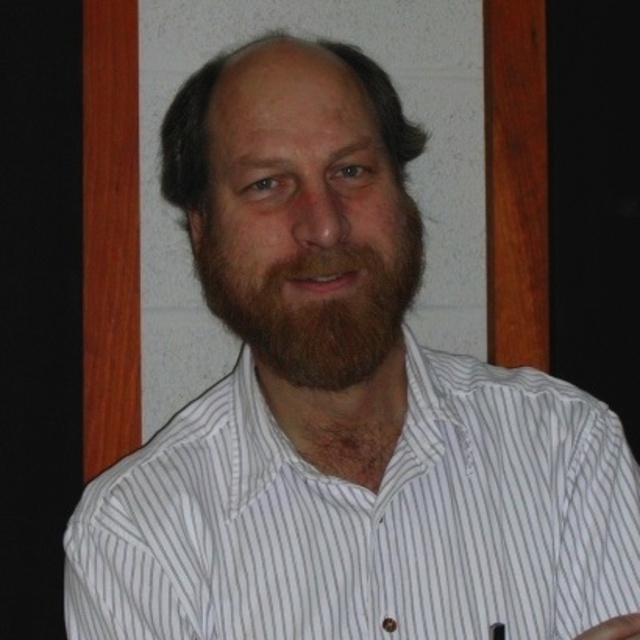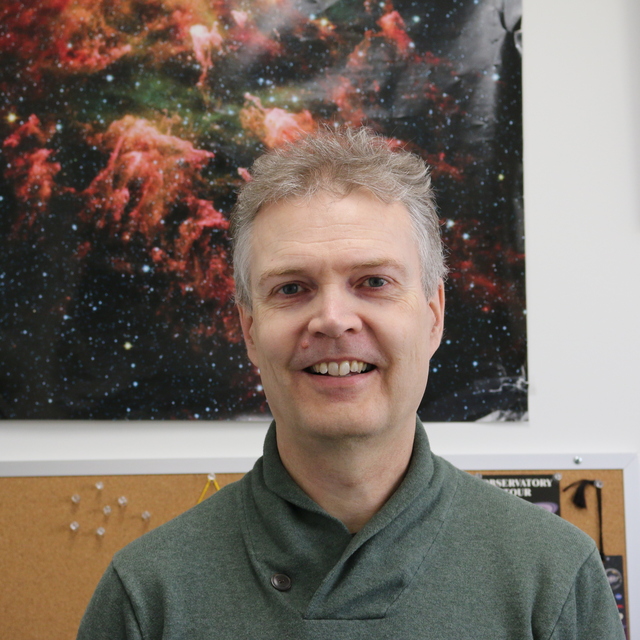
Galaxies with a Central Minimum in Stellar Luminosity Density
October 2002 • 2002AJ....124.1975L
Abstract • We used Hubble Space Telescope WFPC2 images to identify six early-type galaxies with surface brightness profiles that decrease inward over a limited range of radii near their centers. The inferred luminosity density profiles of these galaxies have local minima interior to their core break radii. NGC 3706 harbors a high surface brightness ring of starlight with radius ~20 pc. Its central structure may be related to that in the double-nucleus galaxies M31 and NGC 4486B. NGC 4406 and NGC 6876 have nearly flat cores that, on close inspection, are centrally depressed. Colors for both galaxies imply that this is not due to dust absorption. The surface brightness distributions of both galaxies are consistent with stellar tori that are more diffuse than the sharply defined system in NGC 3706. The remaining three galaxies are the brightest cluster galaxies in A260, A347, and A3574. Color information is not available for these objects, but they strongly resemble NGC 4406 and NGC 6876 in their cores. The thin ring in NGC 3706 may have formed dissipatively. The five other galaxies resemble the endpoints of some simulations of the merging of two gas-free stellar systems, each harboring a massive nuclear black hole. In one version of this scenario, diffuse stellar tori are produced when stars initially bound to one black hole are tidally stripped away by the second black hole. Alternatively, some inward-decreasing surface brightness profiles may reflect the ejection of stars from a core during the hardening of the binary black hole created during the merger. Based on observations made with the NASA/ESA Hubble Space Telescope, obtained at the Space Telescope Science Institute, which is operated by the Association of Universities for Research in Astronomy, Inc., under NASA contract NAS 5-26555. These observations are associated with GO proposals 5454, 5512, 6099, 6587, and 8683.
Links
- PREPRINT http://arxiv.org/abs/astro-ph/0206122
- NED https://ned.ipac.caltech.edu/uri/NED::InRefcode/2002AJ....124.1975L
- ELECTR https://doi.org/10.1086/342932
- SIMBAD https://simbad.u-strasbg.fr/simbad/sim-ref?querymethod=bib&simbo=on&submit=submit+bibcode&bibcode=2002AJ....124.1975L
- PDF https://iopscience.iop.org/article/10.1086/342932/pdf
- DATA https://archive.stsci.edu/mastbibref.php?bibcode=2002AJ....124.1975L
- DATA https://hst.esac.esa.int/ehst/#/pages/search;bibcode=2002AJ....124.1975L
- SPIRES http://inspirehep.net/search?p=find+eprint+astro-ph/0206122




